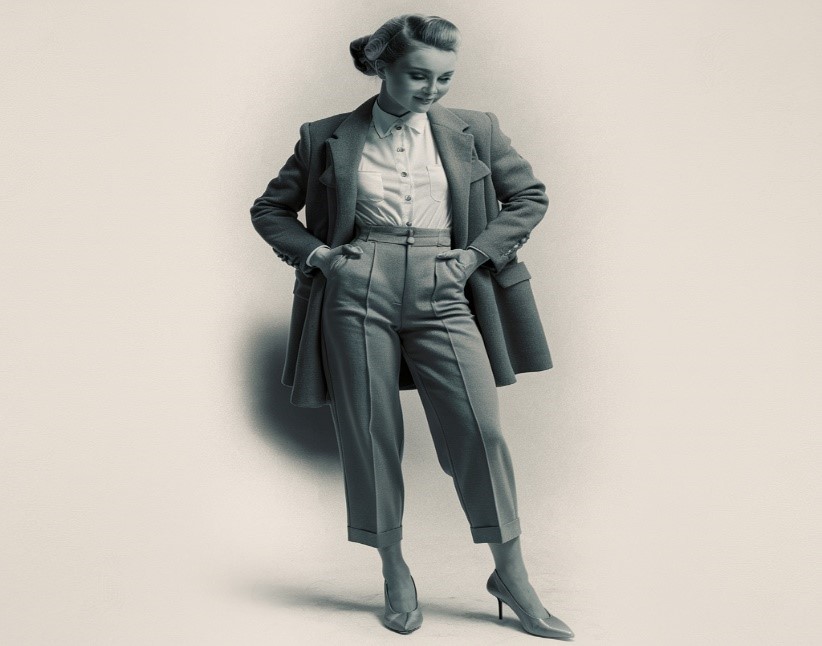Celebrity fashion is a captivating time capsule, a reflection of cultural trends, personal expression, and ever-evolving glamour. From the flapper dresses that roared with the twenties to the gender-fluid experimentation of today, celebrities have consistently influenced and mirrored the world around them through their sartorial choices. Let’s embark on a journey through the decades, revisiting iconic looks that became synonymous with each era.
1920s: The Flapper and the Dawn of Hollywood Glamour

The 1920s pulsed with a newfound sense of freedom, particularly for women. Gone were the restrictive corsets of the past, replaced by the liberating flapper dress. Actresses like Clara Bow and Louise Brooks embodied the era’s rebellious spirit with their short hemlines, dazzling beadwork, and cloche hats. This shift towards a looser silhouette mirrored the changing social landscape, where women were demanding more autonomy and embracing new opportunities.
1930s: Hollywood Glamour Takes Centre Stage with the Bias Cut

The 1930s witnessed the rise of Hollywood and its dazzling glamour. Actresses like Marlene Dietrich and Jean Harlow personified sophistication in elegant bias-cut gowns that clung effortlessly to their figures. This innovative cut, pioneered by legendary designer Madeleine Vionnet, draped fabric diagonally, creating a fluid and flattering silhouette. The era also saw the birth of the red carpet, with its focus on luxurious fabrics, statement jewellery, and a touch of old-world Hollywood magic.
140s: Utility and Chic During Wartime

World War II significantly impacted fashion in the 1940s. With fabric shortages, clothing became more utilitarian and practical. However, women still managed to exude elegance with tailored skirt suits featuring broad shoulders, a nod to the strong women who held the Homefront together while men were away at war. Practical shoes replaced high heels, and icons like Audrey Hepburn popularized the headscarf and cinched-waist dresses that offered a touch of wartime femininity.
1950s: The Hourglass Figure Reigns Supreme and Casual Wear Emerges

The hourglass figure became the epitome of beauty in the 1950s. Actresses like Marilyn Monroe and Elizabeth Taylor accentuated their curves with cinched waists, full skirts that swished with every step, and pointed stilettos that added a touch of Hollywood vamp. This era also saw the rise of casual wear, catering to a growing suburban population. Jeans, t-shirts, and playful poodle skirts entered the mainstream, offering a more relaxed alternative to formal attire.
1960s: Youthful Rebellion and the Mini Skirt Revolution

The 1960s were a decade of social and cultural upheaval, and fashion reflected this spirit. The mini skirt became a symbol of youthful rebellion, popularized by icons like Twiggy and Mary Quant. Bold colors, psychedelic prints, and innovative designs took ce nter stage, challenging the traditional notions of femininity. This era saw a celebration of individuality and self-expression, with celebrities using fashion as a tool to push boundaries and advocate for social change.



